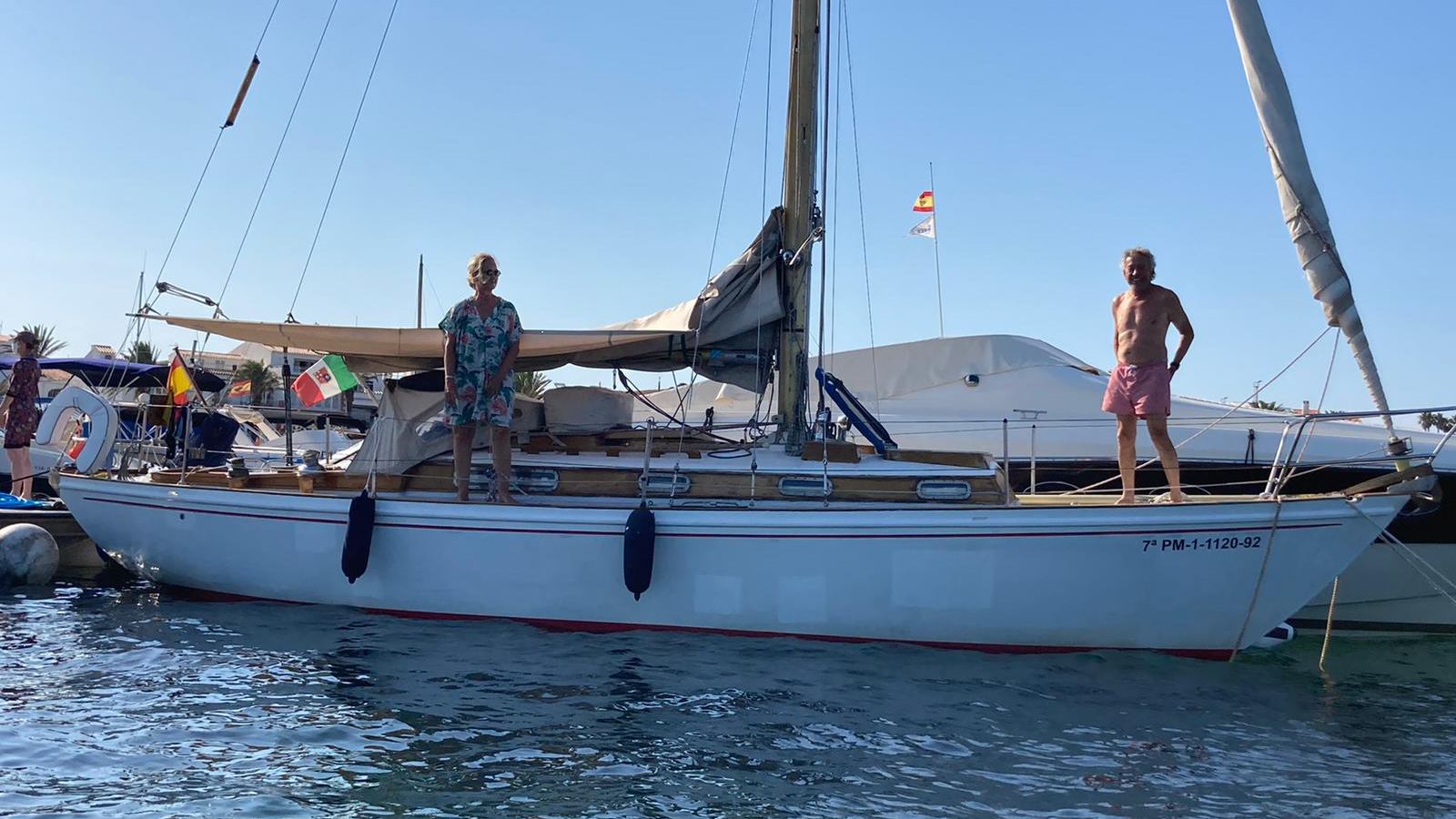Cascabel North Sea 24Ref. CP121

A small but great long range cruiser and racer. She is in good general order.
EUR 35,000 ,-
Overview
Details
Rig
Deck Hard-ware
Engine System
Hours:1600
Sails
Electronics
Electric System
Internal lay-out
Barcos Singulares Comments
The 1960s were characterised by a buoyant economic period, which had begun in the previous decade and came to an end at the end of it. This marked the end of the transition from a wartime economy in the aftermath of World War II to the reconstruction of the economic and social tissue of Western countries. The great and rapid economic improvement immediately brought with it the take-off of water sports, although with a fundamental difference, due to the access of new social sectors to this sport. This led to a reduction in the size of pleasure boats and the success of a whole series of ‘popular’ models with excellent seaworthiness, even height, and habitability. While in the USA the typical dimensions remained around 12 metres, in Europe and especially in England, these dimensions were in the vicinity of 9 metres. In order to offer the best interior and deck habitability, the rudders were hung externally on the transom and many English models, from different design offices, were characterised for decades by this style. Kim Holman always had a very classic and elegant design style, with a clear tendency to innovate within nautical classicism. His boats, as well as being beautiful and elegant, were very fast and won races, even offshore. The North Sea 24s, whose name maintains the tradition of naming the length at water line and not the overall length, are a clear example of the success of the formula. Some twelve of the almost thirty built in total were built in Spain by Carabela, and several of them were sent to England to their local owners. The Upham shipyard in Brixham built the remainder. In fact, Carabela was the first builder and the first order came from an excellent English sailor, John Harrison, who in 1963 ordered the first of the series, the ‘Andorran’. Harrison won the R.O.R.C. races with this boat in 1965, a season characterised by bad weather. To achieve this feat, the ‘Andorran’ covered thousands of miles. With the ‘Andorran’ Harrison crossed the Atlantic twice, there and back. Carabela built a second unit of the same design, which was called ‘Antares’, before Harrison commissioned a third, slightly improved design: the “Mar del Norte”, which in its English version, ‘North Sea’, would give the class its name. Two North Sea 24 from Carabela were built for US customers. The lines of this model were also used to build the Rustler 31, which is practically its fibreglass version, of which some fifty more were built, while the successive Rustler 36 is a lengthened version of the same lines. The North Sea 24, like almost all small boats of its time, is intended to be a heavy displacement, so it may appear underpowered depending on how you look at its data. However, racing results were not long in coming and founded the success of Holman's design. The “Cascabel” (‘Rattlesnake’) itself, the boat in question, has demonstrated this in the hands of its owner, a fine helmsman and Olympic champion, in races against larger boats and in cruising, with long, trouble-free crossings. The “Cascabel” is in good condition for use and navigation and only needs a change of rigging and cosmetic repairs, paint and varnish. It could be a great boat for racing on the CIM circuit and for sailing, even long cruises, in the Mediterranean.